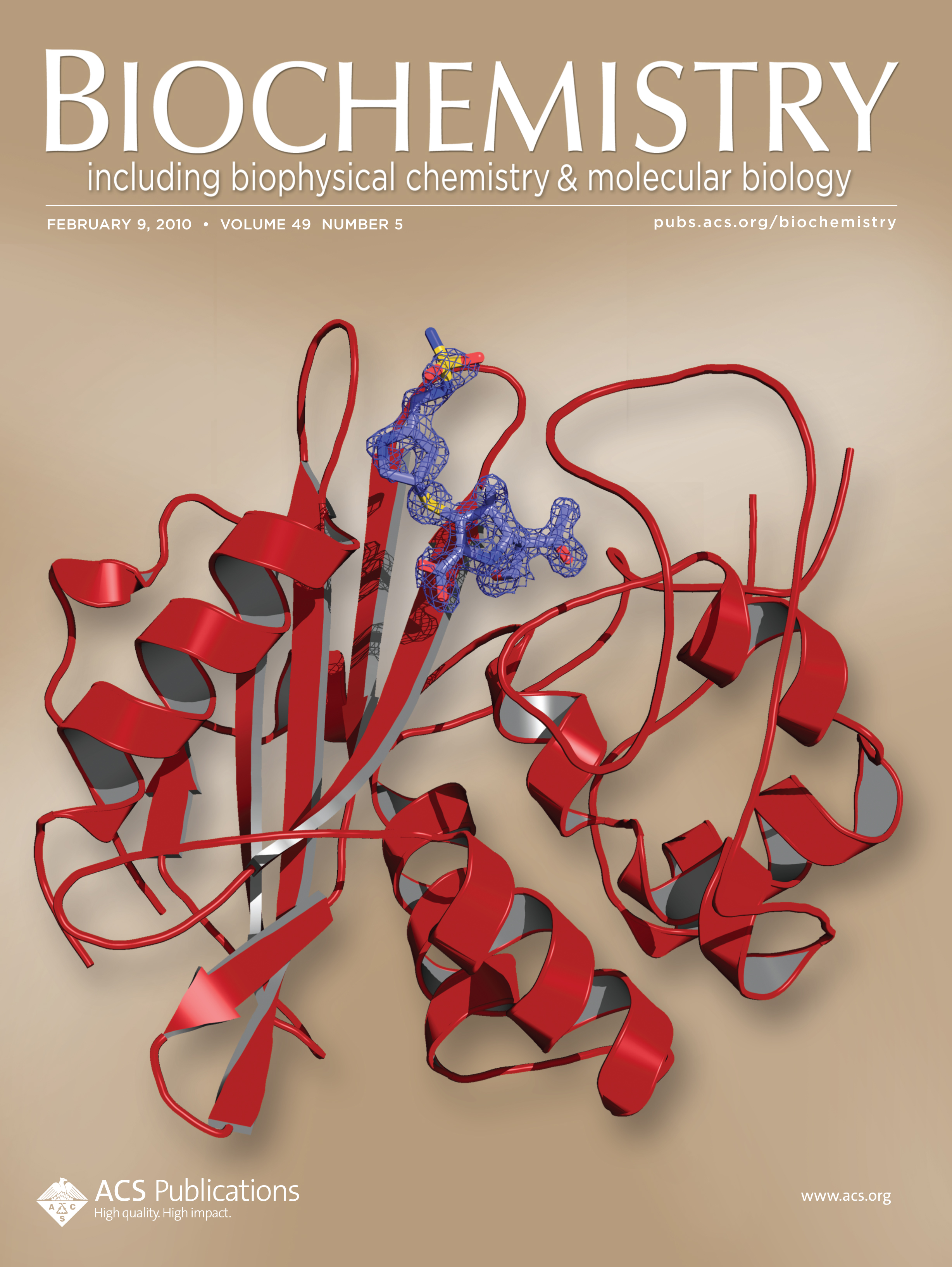This is a read-only mirror of pymolwiki.org
Difference between revisions of "Main Page"
Jump to navigation
Jump to search
m (1 revision) |
m (2 revisions) |
||
| (27 intermediate revisions by 3 users not shown) | |||
| Line 30: | Line 30: | ||
|- | |- | ||
! Official Release | ! Official Release | ||
| − | | [ | + | | [https://pymol.org PyMOL v2.5 has been released] on May 10, 2021. |
|- | |- | ||
| − | ! | + | ! Python 3 |
| − | | [ | + | | New [[2to3|Python 3 compatibility guide]] for scripts and plugins |
|- | |- | ||
| − | ! | + | ! POSF |
| − | + | | [https://pymol.org/fellowship New PyMOL fellows announced for 2018-2019] | |
| − | |||
| − | |||
| − | |||
| − | |||
| − | |||
| − | | [ | ||
| − | |||
| − | |||
| − | |||
|- | |- | ||
| − | ! | + | ! Tutorial |
| − | | [ | + | | [[Plugins Tutorial]] updated for PyQt5 |
|- | |- | ||
! New Plugin | ! New Plugin | ||
| − | | [[ | + | | [[PICv|PICv]] is a new plugin for clustering protein-protein interactions and visualization with available data from PDBe |
|- | |- | ||
| − | ! | + | ! Selection keywords |
| − | | [[ | + | | New [[Selection Algebra|polymer.protein and polymer.nucleic]] selection keywords. Thanks everyone who participated in the [https://goo.gl/forms/r0Ck03VTytZQxN4A2 poll]! |
|- | |- | ||
| − | ! | + | ! Plugin Update |
| − | | [[MOLE 2.0: advanced approach for analysis of biomacromolecular channels|MOLE 2. | + | | [[MOLE 2.0: advanced approach for analysis of biomacromolecular channels|MOLE 2.5]] is an updated version of channel analysis software in PyMOL |
|- | |- | ||
| − | ! | + | ! New Script |
| − | | | + | | [[dssr_block]] is a wrapper for DSSR (3dna) and creates block-shaped nucleic acid cartoons |
|- | |- | ||
! Older News | ! Older News | ||
Latest revision as of 03:21, 22 June 2021
| The community-run support site for the PyMOL molecular viewer. |
| To request a new account, email SBGrid at: accounts (@) sbgrid dot org |
| Tutorials | Table of Contents | Commands |
| Script Library | Plugins | FAQ |
| Gallery | Covers | PyMOL Cheat Sheet (PDF) | Getting Help |
|
|
 A Random PyMOL-generated Cover. See Covers.
|
